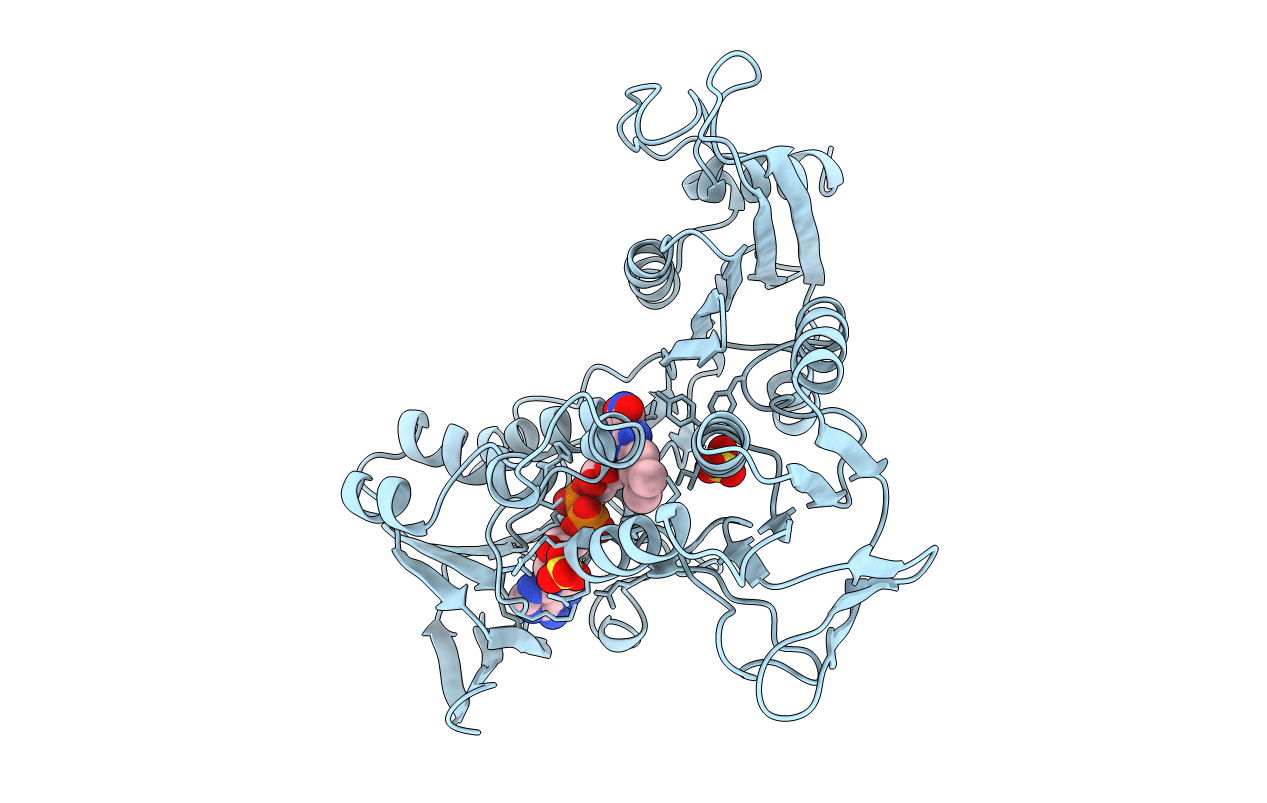
Deposition Date
1994-12-09
Release Date
1995-02-14
Last Version Date
2024-02-14
Entry Detail
PDB ID:
1NHP
Keywords:
Title:
CRYSTALLOGRAPHIC ANALYSES OF NADH PEROXIDASE CYS42ALA AND CYS42SER MUTANTS: ACTIVE SITE STRUCTURE, MECHANISTIC IMPLICATIONS, AND AN UNUSUAL ENVIRONMENT OF ARG303
Biological Source:
Source Organism:
Enterococcus faecalis (Taxon ID: 1351)
Method Details:
Experimental Method:
Resolution:
2.00 Å
R-Value Work:
0.17
R-Value Observed:
0.17
Space Group:
I 2 2 2


